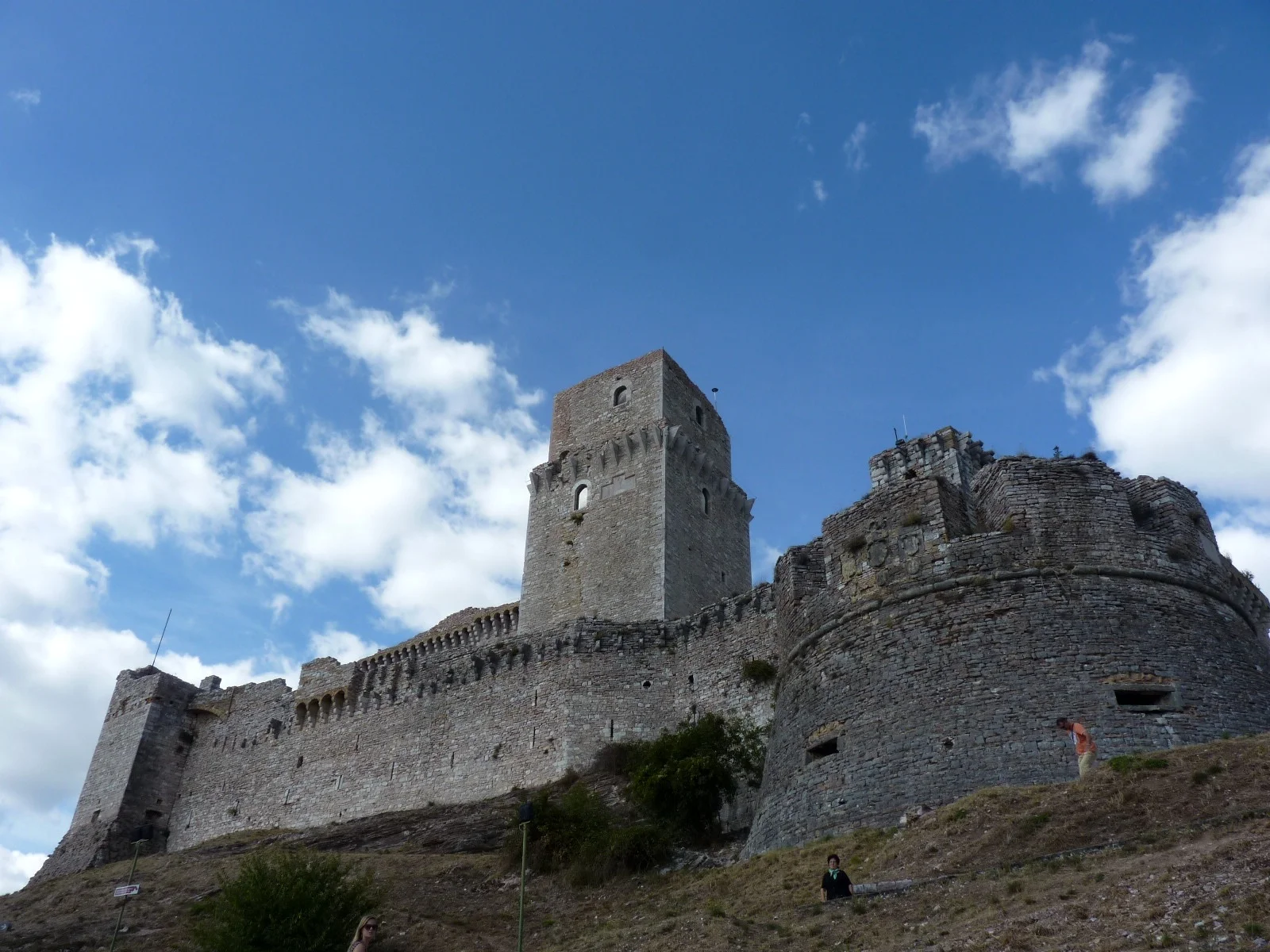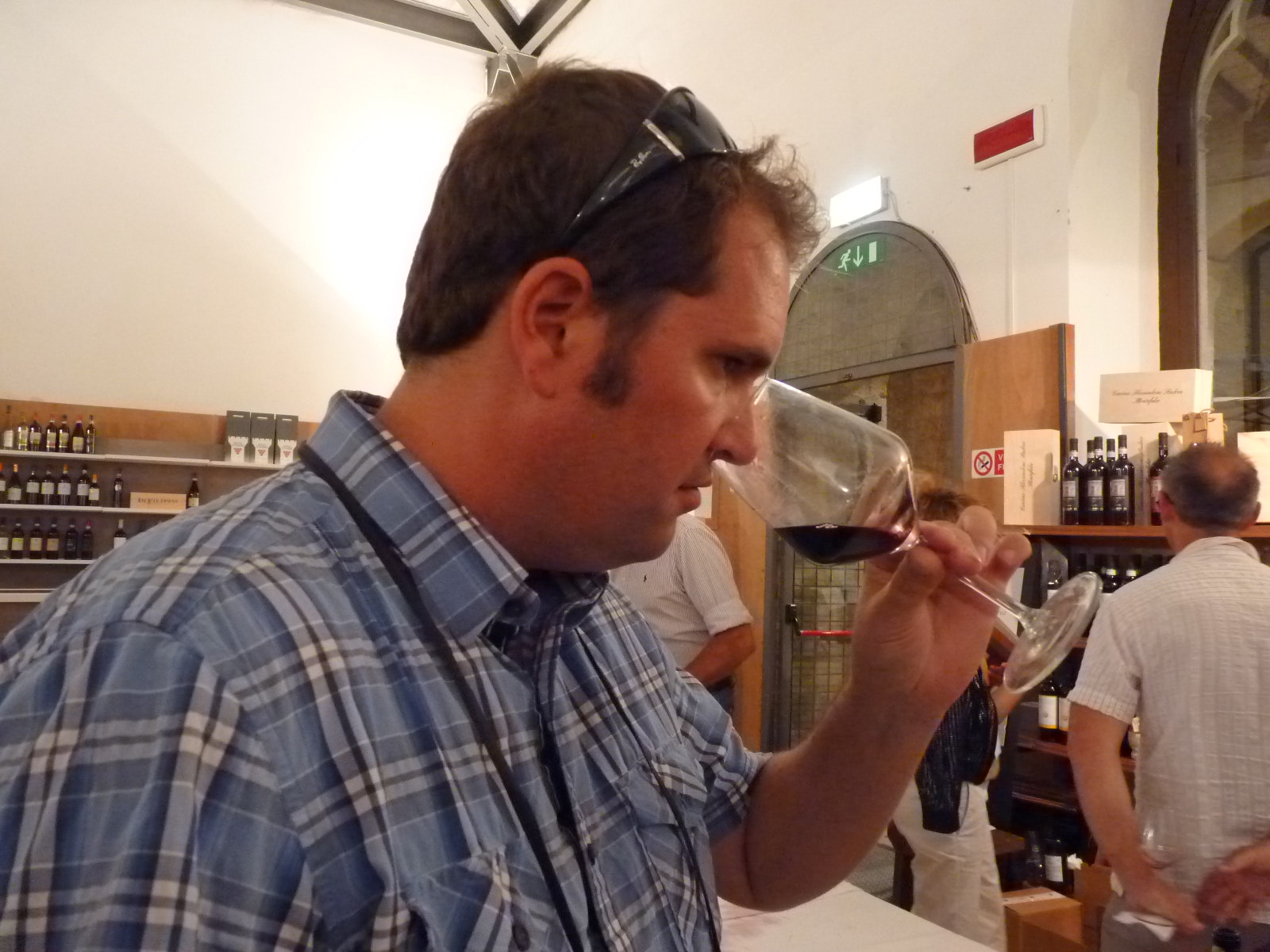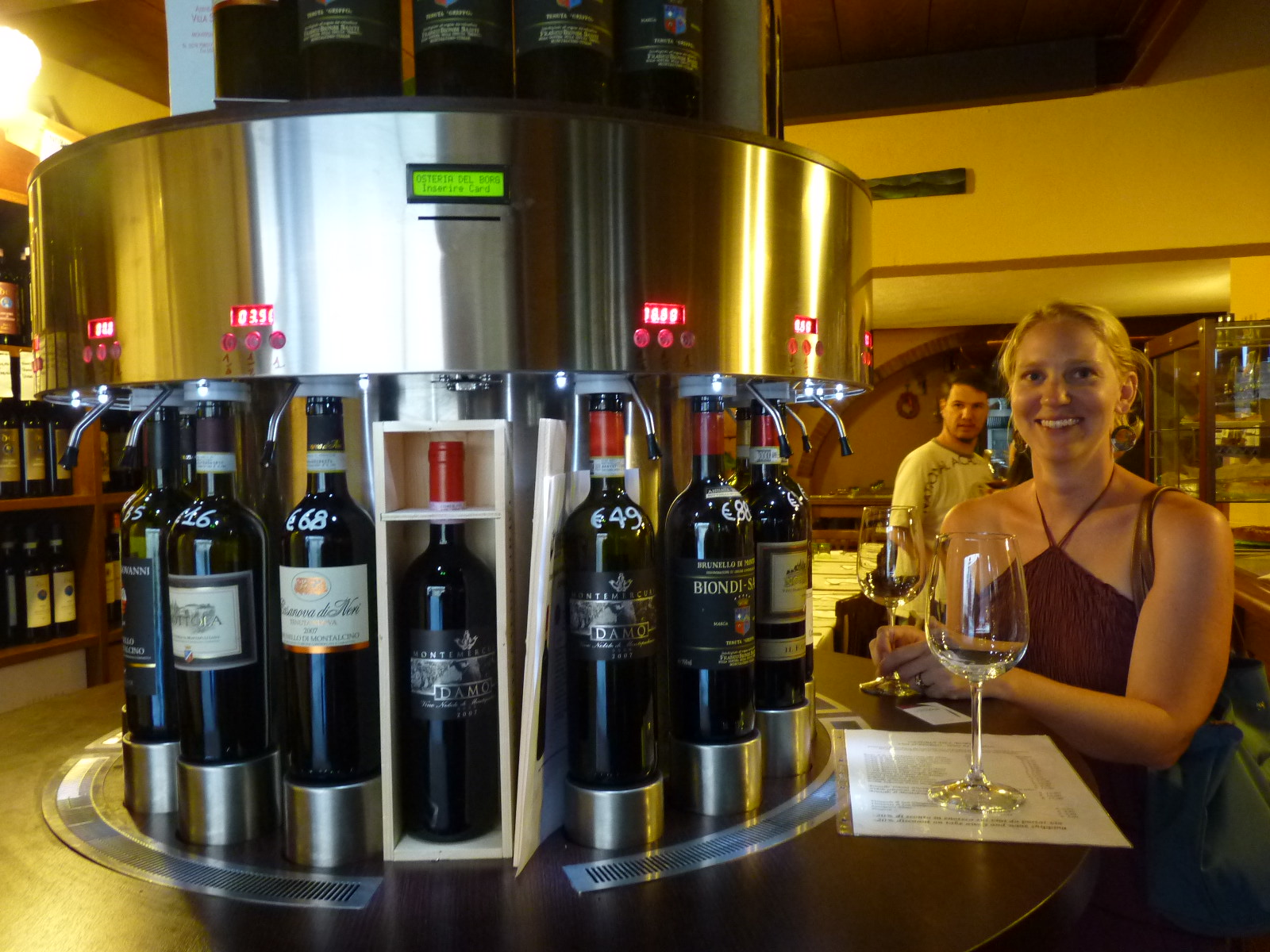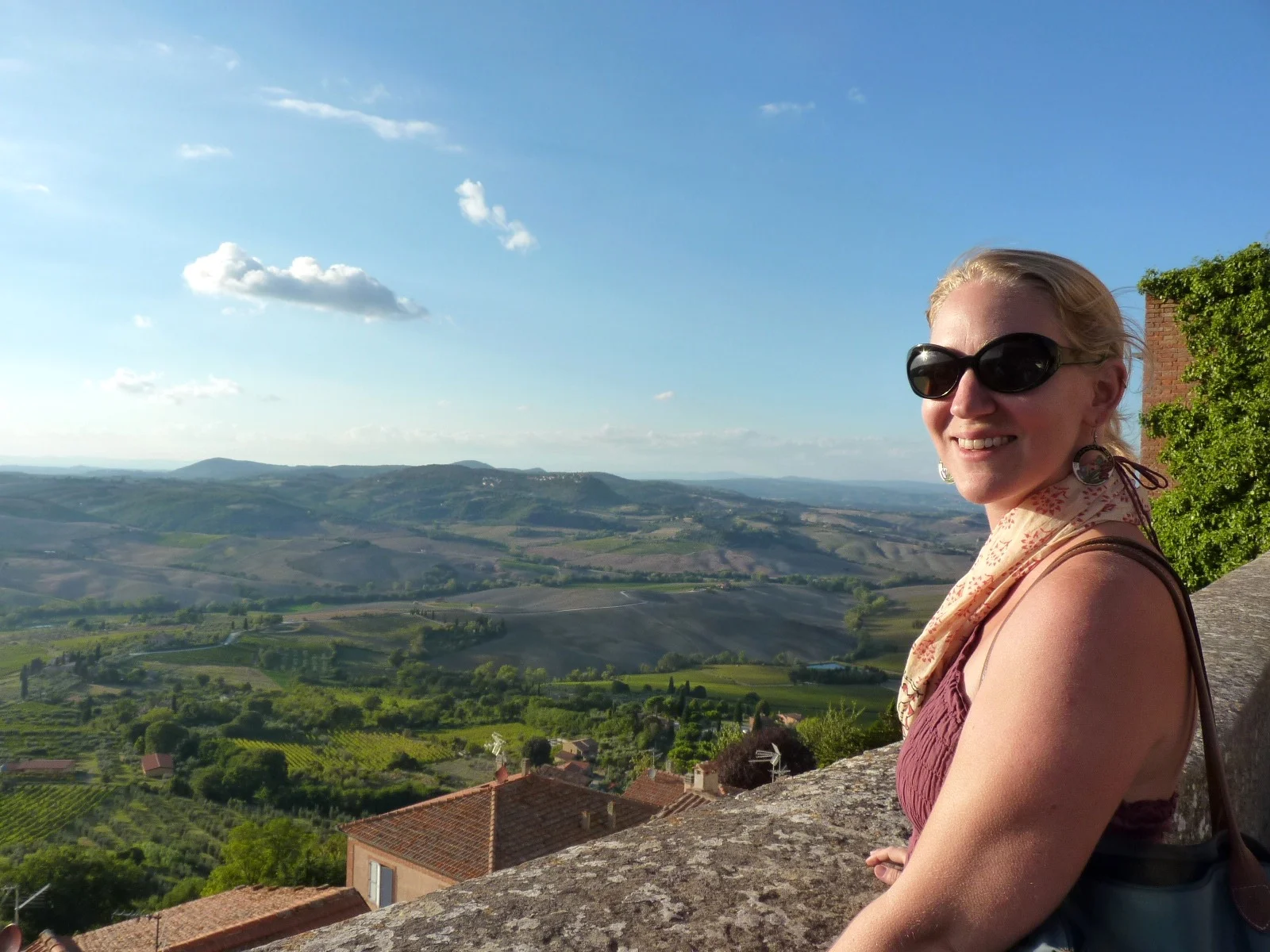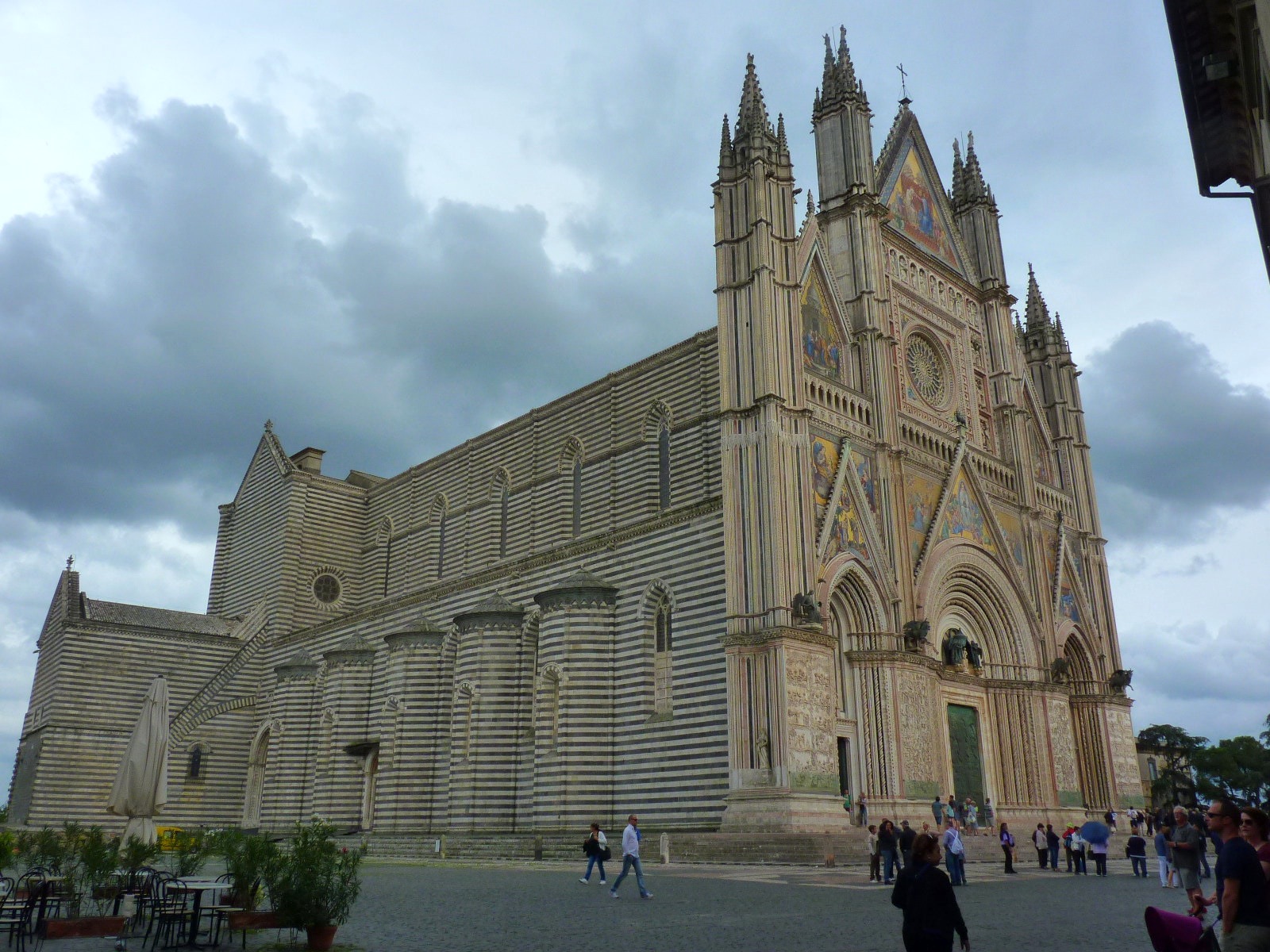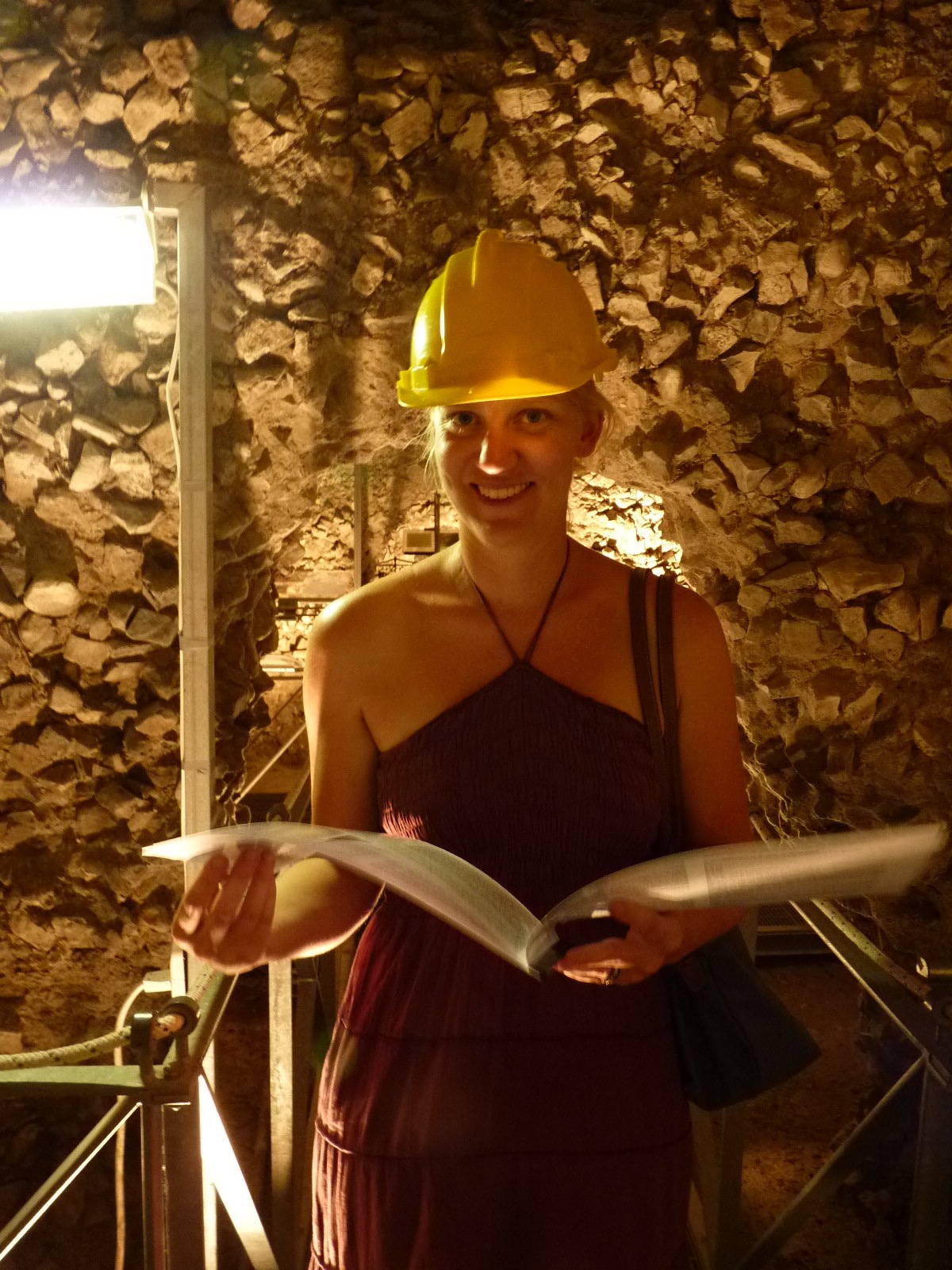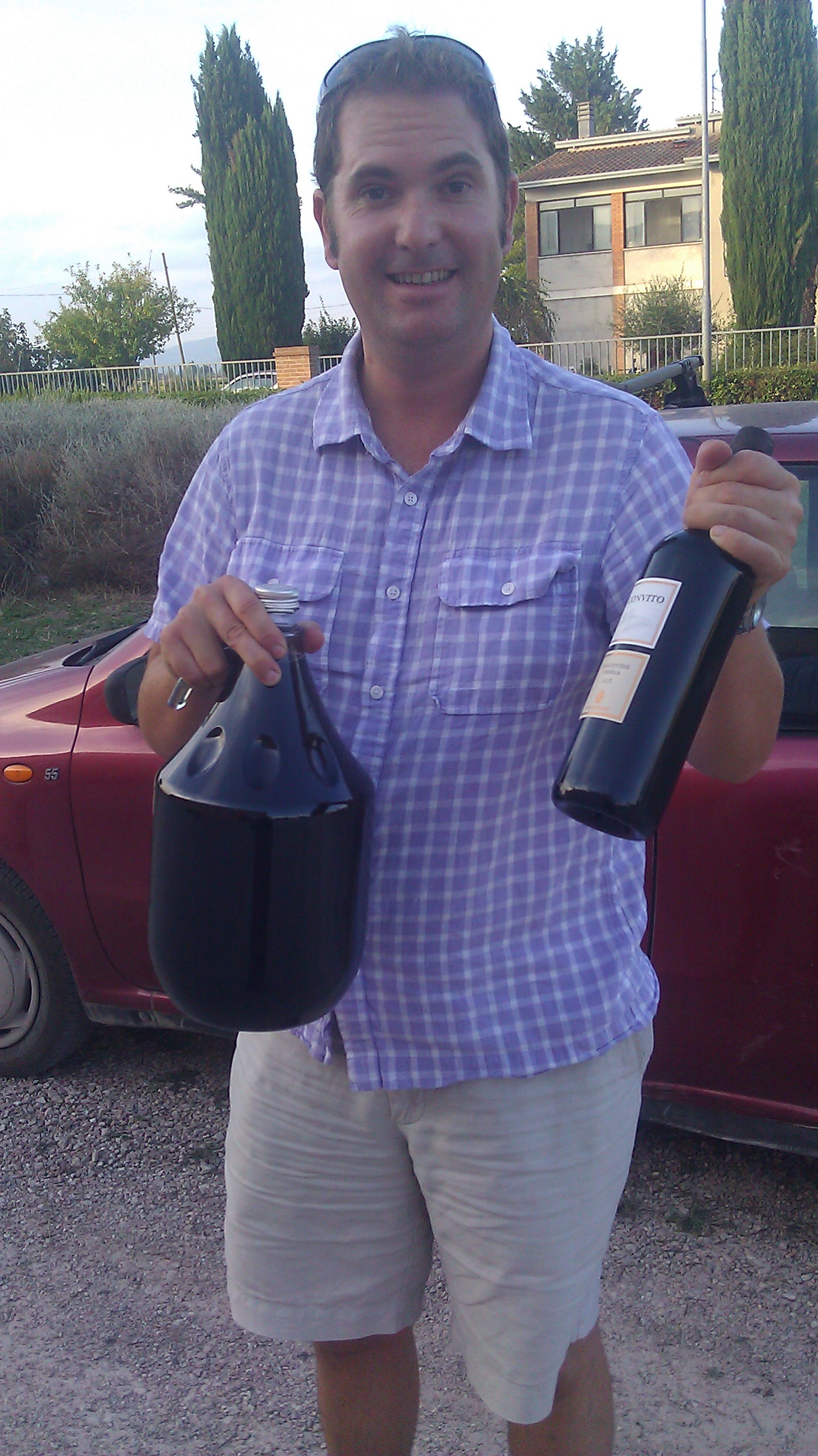So it has as usual been quite awhile since I posted…what can I tell you, I’m lazy.
Jess and I have been in Umbria for 3 weeks now and I can tell you, it is pretty cool. For one, it is old; I mean really old. Everything around you has the better part of 3-4 centuries on it and some of the towns are medieval, so they are all walled and narrow allies, tons of personality. The churches here are really amazing and so different from what we have seen elsewhere in Europe. They paint everything…it is crazy. The frescos up for six, seven, eight hundred years are still there! All the painting before the renaissance is all Jesus or Madonna based though, as the church funded all the art.
Costs here are pretty reasonable for a tourist, but maybe a little more expensive than in Spain and even a little more expensive than France at the grocer. Strangely, wine is a lot more expensive than in France or Spain (5 euros buys a decent drinkable bottle; still a hell of a lot cheaper than the US). Food is about the same price as the US outside of specialties like truffles, parm, salami, etc. which are of course cheaper. Restaurants are about the same price as the US.
Jess and I have had the fortune to discover a new wine…Sagrantino. It is bold, tannic, dark and earthy…everything I love in wine. Even Jess who prefers a pinot loved it. We went to a wine fest in Montefalco and for 7 euros drank our asses off with the best there is! It was epic. This wine sells for 15-20 euros a bottle and is really a competitor for some fine cabs and bordeaux. The wine tasting was long, generous, and deeply satisfying…quite a thing to experience.
We also had a fantastic tasting courteously of our host in Montelpuciano (so you know, there are two: One which is the namesake of the town and is known for rather deep and complex reds, and another de abruzzo which is the more pale and easy-drinking red). Here we had the honor of trying a wine that Italy offers second to none, the Brunello, a blend mostly of sangiovese. This is truly superb; decent mouth feel with deep current and pepper, dry but not too astringent, the finish is clean, subtle, and leaves a lasting taste of Italy.
Some things to try in Umbria (and regionally in Italy) as it is the only place we have really experienced in Italy besides Rome: Truffle honey (wholly shit, it is good), wine (of course), porchetta (whole pig roasted with herbs, some shaved off including the crackling in a sandwich), pasta fresh and secca (dried), mortadella (the original “bologna” made of pork, pork fat and spices), and the list goes on and on. Italy is highly regional, so each area, town, etc is known for a dish, product, or method. It is hard to make bad food here.
Some negatives about Umbria: Italy is a bureaucratic nightmare. Everyone complains about taxes, which are harsh, and how poorly things run. There are a lot of mosquitoes. No joke, as I write this I just killed one on the screen of the computer. Italy is not currently sustainable…they import almost all their power and there is really not a plan for tomorrow. This place is beautiful, but it has its problems.
A few days ago Jess and I went to a food festival in Foligno, the one city we have been to that does not prominently sit on a hill. The fest was fun; it was a huge tent filled with regional goodies like dried sausage, truffle products, sweets, local beer, olives, etc. We got some great sausages that were lovely and full of flavor, tried some amazing parma ham, olives and truffle pastes.
We are waiting to harvest grapes at our hosts place, but the rain has come and we have to wait. This is one of the reasons we have come to Umbria, its accessible wine and culture. Just driving home from the food fest Jess and I stopped by a winery and the owner and his father had us sample from the barrel. Everyone we meet here is so nice and unassuming. We ended up with a nice little Sangiovese for 4 Euro and 5 liters of Umbrian Red for 8 Euros (yes, that’s 1.80 per liter!).
I would suggest anyone who is taking a trip to Italy to spend a few days in Umbria; it is not the well-manicured Tuscany, fancy Milan or reeking of history Rome, but it is beautiful and unassuming.
